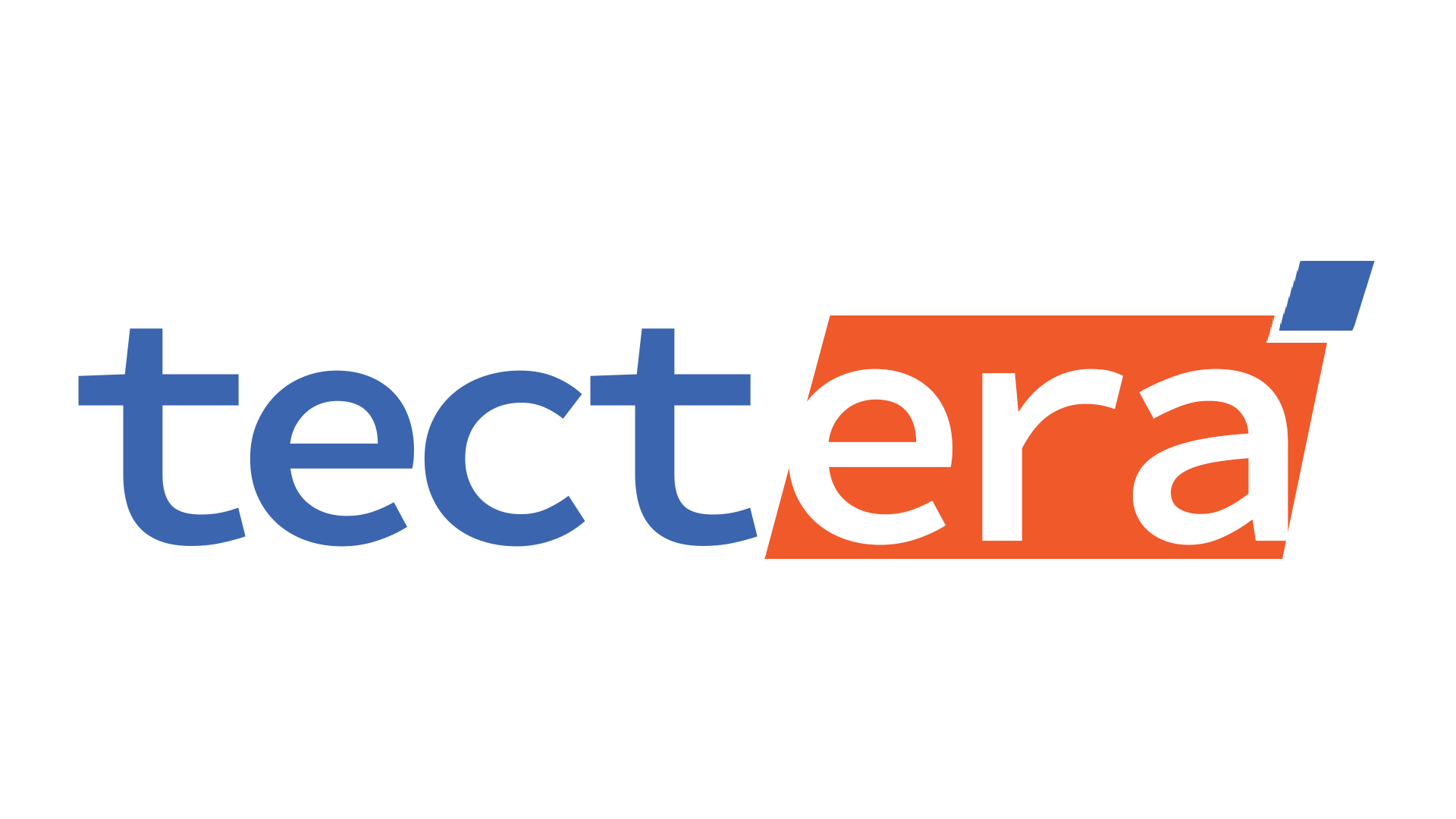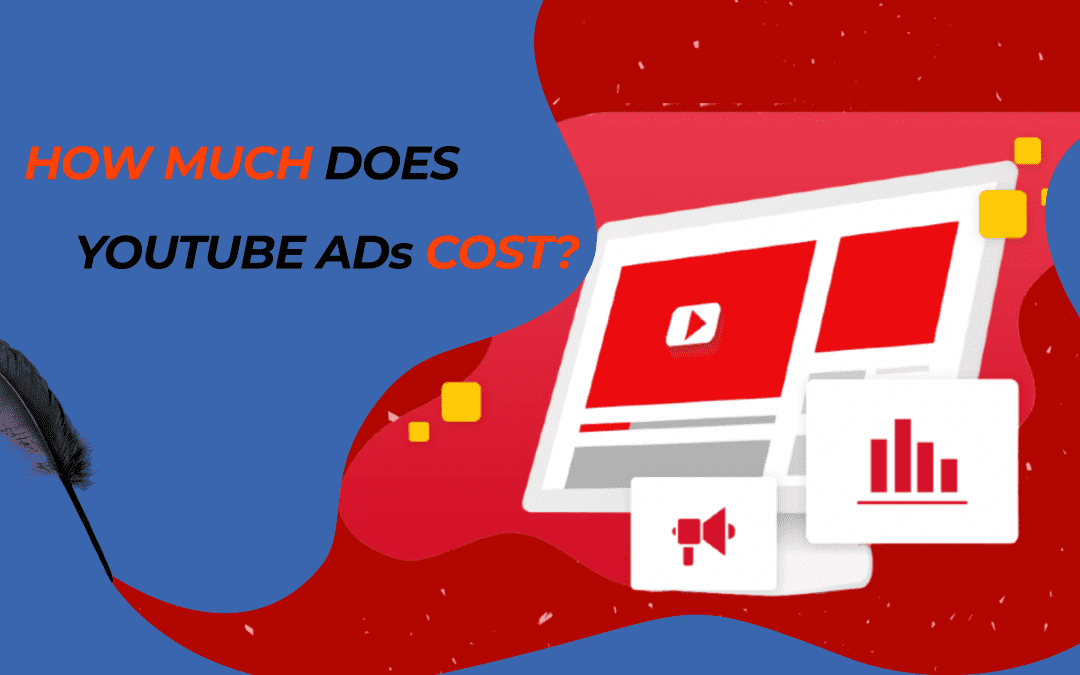What if I told you that every month, YouTube gets more than 2 billion logged-in users? Due to its enormous audience, YouTube advertising is becoming a top choice for businesses. Therefore if you’re considering YouTube advertising, you have one major concern: How much does YouTube advertising cost?
With an average daily budget of $10, businesses’ YouTube ad expenses range from $0.10 to $0.30 per view or action. You are charged between $0.10 and $0.30 for each view or action your advertisement receives, such as a click. However, as this price is simply average, your business could pay more or less.
Real YouTube pricing varies depending on many factors in businesses and campaigns. This article explains why you should pick YouTube to advertise your company, how much YouTube advertisements cost, the different kinds of YouTube commercials, and how to utilize your budget to determine how much you should spend on the ads.
Why Would You Advertise on YouTube?
A lot of people use YouTube. On average, they spend more than an hour per day watching YouTube on their mobile devices. The number of people watching YouTube on televisions has rapidly increased along with the present popularity of Smart TVs. It is also difficult to overlook the fact that the YouTube search engine is second only to Google in terms of search usage. It should come as no surprise that YouTube is now a preferred medium for advertisers worldwide given the strength of Google AdWords at its back.
People use YouTube to look for knowledge and enjoyment, which is by far YouTube’s greatest advantage. In other words, it has a purpose. If a user is logged into their account, YouTube will take into account information such as their Google search history, related videos they have watched, Google Ad settings, Web history, age, location, and more when determining which ads to display. YouTube uses this data to identify user intent and show them ads that are relevant to their interests. You pay YouTube to show your advertisement to the right person at the right moment in order to promote your brand.
The main issue from a budgetary standpoint is that YouTube ad costs are not explicitly stated. This, however, is very similar to many other forms of web advertising. The general approach seems to be that you bid for advertising space online, and the highest bidder is usually accepted.
Benefits of advertising on YouTube.
Overall, YouTube advertising is affordable and offers a variety of advantages over other platforms like Google and Facebook. Here are just a few of these advantages
- YouTube marketing is more affordable.
- You have a lot of options for audience targeting.
- Videos bring viewers a stronger sense of connection, which promotes continued brand engagement.
- On videos, people are more likely to leave comments.
- The best conversion rate is in videos.
- YouTube has integrated analytics (so do Facebook and Google).
- You can connect with more people.
- Your YouTube advertisements can be readily modified, including the payment method and budget.


How Much Do YouTube Ads Cost?
This is a frequently asked question. As with all advertising, it can be quite challenging to estimate costs precisely. According to Influencer Marketing Hub, YouTube advertising can range in price from $0.03 to $0.30 per view, with an average spend of $2000 to reach 100,000 users. When a viewer watches your video for 30 seconds or engages with it by clicking on it, it counts as a view. If your video is under 30 seconds long, a view is considered to have occurred if the viewer views the entire thing.
The following factors determine the exact cost of running a YouTube ad campaign:
- Targeting
- Bidding
- Ad formats
1. Targeting
The strength of YouTube resides in its capacity to pinpoint your perfect audience at the appropriate moment and place. Google Ads also broadcasts YouTube video advertisements across the internet. Your advertisement is displayed to a person who has been identified as a prospective lead based on their interests or behavior by putting up your advertising and campaigns with the appropriate targets.
Based on where they are in the world, what they are interested in, and the content they prefer, you can use a wide range of targeting techniques to speak to particular audiences or niches. To measure engagement, you can run several campaigns with various target populations. The cost of YouTube advertising is significantly influenced by the audience you are trying to reach. You need to choose carefully to prevent blowing through your budget because marketing to some audiences is more expensive than it is to market to others.
2. Bidding
How much you wish to bid for ad placement ultimately determines how much money you’ll pay on YouTube advertisements. There is a bidding process used for YouTube placements. The price of advertising is determined by the number of bidders competing for the same ad location. Make sure your targeting is in place before configuring your bidding options because it will determine your costs.
In most cases, you’ll be placing bids on cost-per-view (CPV) or cost-per-1,000 impressions (CPM). You won’t be paid unless someone watches your advertisement for more than 30 seconds or engages with it, whichever occurs first. It also counts as a view if your advertisement lasts less than 30 seconds and the viewer views the entire thing. You have the option to use pay-per-click advertising with several ad formats (PPC). With PPC, it makes no difference how many people view your advertisement because you only pay when they click on it.
3. Ad formats
TrueView video advertising is another name for video advertisements. YouTube has streamlined the names of its ads. TrueView in-stream advertisements and TrueView video discovery ads are the two different ad kinds they offer. The skippable and non-skippable video advertisements, as well as bumper ads, are examples of in-stream advertisements that show up alongside videos.
As the name implies, video discovery advertisements are those, primarily display and overlay ads, that you utilize to help viewers discover your videos. The Skippable video ad is by far the most well-liked advertisement. Non-skippable commercials may appear profitable to advertisers, but users dislike them.
Display Ads
Display advertising may be less popular with advertisers because they do not interfere with the viewing of videos. They can nevertheless produce fruitful outcomes for your advertising effort, though. The second-largest search engine in the world is found on YouTube, as I mentioned above. This indicates that if you work in a crowded market, these adverts may serve as an effective substitute for Google advertising. You might pay as little as 3 cents per watch if you promote a video here.
If you can identify the phrases that people frequently look for in your niche, you should make a video that corresponds to that keyword and advertise it in a display ad. By doing so, your advertisements will look to searchers to be just as pertinent as other YouTube featured videos. The concept is to produce videos that satisfy searchers’ needs and then advertise them using display adverts.
Overlay Ads
Using overlay advertisements to promote your own YouTube channel or website is a brilliant idea. You must first fill your YouTube channel with interesting, amusing videos for this to be effective. Additionally, you should make a captivating welcome video to entice viewers to stick around as soon as they arrive on your channel.
Of course, you can make overlay picture adverts that show up on any video. However, if they click on your channel, you could benefit more.
Skippable Video Ads
A skippable ad allows users to skip the commercial after five seconds instead of forcing them to watch it entirely. The video player automatically plays them. They have the advantages of promoting your brand and being reasonably priced. If viewers continue to watch after the first five seconds, you will only be charged. Specifically, customers must watch the entire advertisement or, if it is shorter than 30 seconds, the complete video. The commercial must last at least 12 seconds.
The primary benefit of this sort of advertisement is its low cost. One significant drawback is that you must properly arrange your advertisements so that you can convey your business message within the first five seconds before viewers choose to skip it. Remember that 76 percent of individuals will immediately avoid these advertisements, according to reports.
Non-skippable video ads
Users are required to watch the entire non-skippable advertisement, which lasts for either 15 or 20 seconds. The fact that viewers must watch the entire advertisement when it appears is its major benefit. You have a 15-second time restriction and will be charged for each impression. The possibility that viewers will grow tired of or annoyed by your advertisement is the largest drawback. Your brand’s reputation can suffer as a result. Therefore, you must make sure the advertisement is captivating and intriguing. Even yet, because this particular ad kind is so infamously despised, you should carefully consider your options.
When you want to significantly raise your brand awareness and are confident in the engagement level of your advertisement, experts frequently advise using this sort of advertisement. Remember that YouTube no longer provides versions that are 30 seconds long due to viewer distaste for this ad type.
Bumper Ads
Businesses use bumper advertising when they want to give potential customers a brief, memorable message. They must be brief because they are six seconds or less. For bumper ads, you pay by impressions. They are paid on a cost-per-thousand-impressions (CPM) basis. So, every time your advertisement receives 1,000 impressions, you must pay for a bumper ad.
Interactive YouTube Video Ads
Regardless of whether you have a YouTube channel and publish your own videos, each of the YouTube ad formats we already covered functions. You can also add interactive YouTube advertising to the videos you post on the channel for your business.
These consist of:
Call-to-action: This button is a standard CTA button.
Cards: A small “i” on the screen that viewers can click to view additional information about something stated in the video or to access playlists or other similar videos.
Auto End Screens: These are produced automatically and encourage users to take action, like downloading your software.
End screens: These can be manually made to increase user involvement.
Shopping Cards: These show relevant products and connect to your Google Merchant Center account.
The major drawback of these advertisement formats is that a video must be made in order to use them. However, if you already have videos, using them to increase engagement can be very effective. After all, viewers of your videos are probably already intrigued by the information you provide in these advertisements.
Budgeting and marketing must be carefully balanced when choosing an ad type. Try several things until you find the sweet spot.


How to Optimize Your YouTube advertisement Campaigns?
You already know that the price of a YouTube advertisement varies. How do you choose when to raise or lower your YouTube ad costs per view? Now let’s take a look at what you should do to make the most of your YouTube ad budget without wasting money.
- Choose who is running your campaign: A video advertisement campaign requires time and work. Make sure the proper people are working on your YouTube campaign if you want to achieve the best results.
- Set your target audience: You are attempting to engage with your ad campaign’s target audience. Therefore you must be aware of your target audience if you want your advertising strategy to be successful.
- Make quality video ads: High-quality content creation is crucial if you want to get the best results from your YouTube advertisement. You want viewers to see your advertisement and interact with the information. You must invest in the quality of your video for that to happen.
- Keep your ads short: If your advertisement is too long, viewers will be turned off or discouraged from viewing. Non-skippable videos frequently experience this. A lengthy, non-skippable video can cause viewers to lose interest and possibly not watch it.
- Create relevant landing pages: It’s essential to point your audience toward important details whenever you conduct an advertising campaign. You want to direct them to a landing page that elaborates on the details in your advertisement. You can drive leads to a specific page by using powerful advertising strategies.
- Monitor your campaigns: You must keep an eye on the performance of your campaign if you want to determine its efficiency. Publishing high-quality advertising content will support the expansion of your company. You may see stats that show you how your campaign is doing when you run a YouTube advertisement. Metrics like views, likes, shares, and subscriptions can be tracked. For a deeper understanding of your campaign, you can also view real-time insights
You have complete control over how much YouTube advertising will cost. You can decide how much you’re prepared to spend to advertise your company on YouTube and what action you want users to take as a result of your ad. Additionally, you can experiment with various ad formats, targeting options, and daily budgets to help your campaign be successful thanks to the versatility of YouTube advertising.


Editorial Staff at Tectera are experts on web design, SEO, social media and other digital marketing channels.




